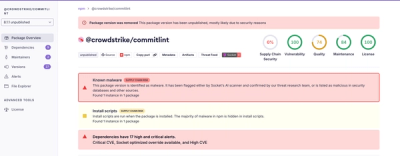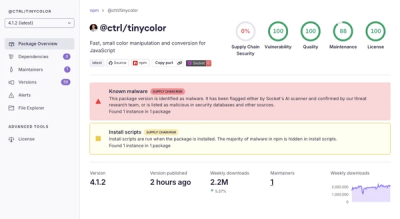Specify button type (button-type)
button-type checks if all buttons have a type attribute set.
Why is this important?
The default type for <button> is submit (not type="button" as one might expect).
This can lead to surprising keyboard behavior within a form.
The best way to avoid unexpected surprises is to always explicitly
set a type on <button>s.
What does the hint check?
This hint checks whether the type attribute of a <button> is explicitly set.
Examples that trigger the hint
<button></button>
Examples that pass the hint
<button type="submit"></button>
<button type="button"></button>
How to use this hint?
This package is installed automatically by webhint:
npm install hint --save-dev
To use it, activate it via the .hintrc configuration file:
{
"connector": {...},
"formatters": [...],
"parsers": [...],
"hints": {
"button-type": "error"
},
...
}
Note: The recommended way of running webhint is as a devDependency of
your project.
Further Reading
What can the user read to know more about this subject?



